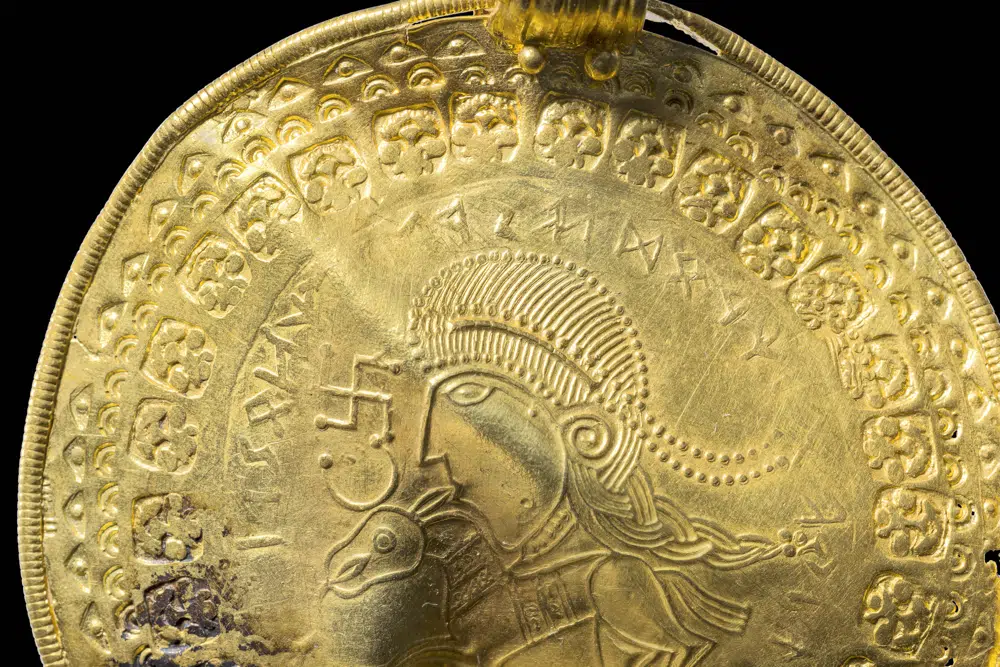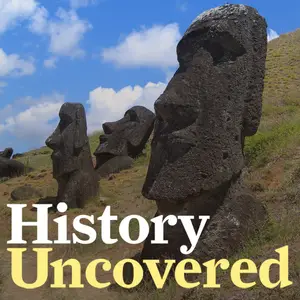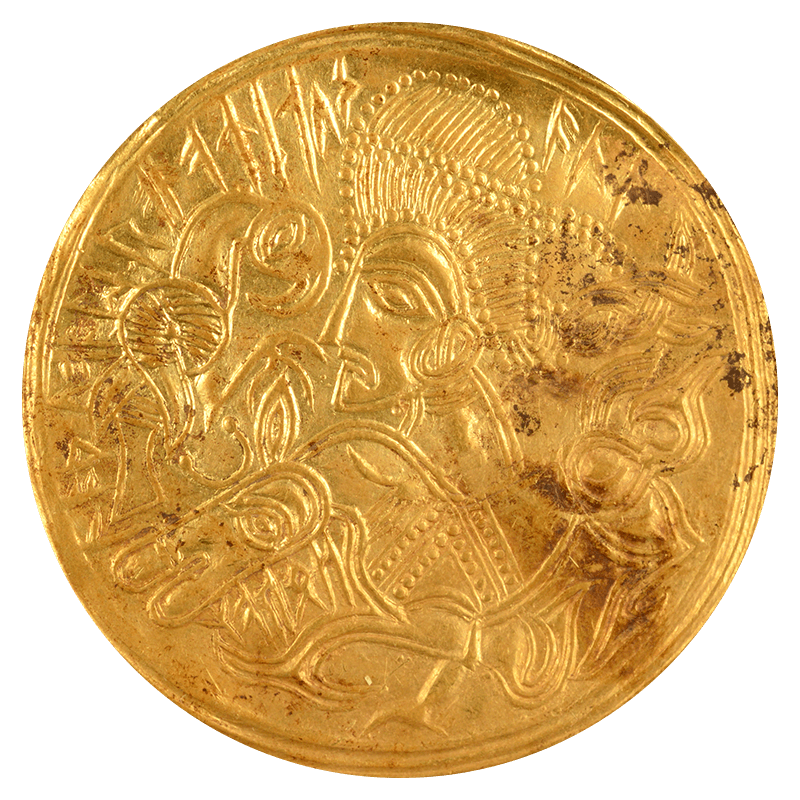A treasure hunter was using his metal detector for the first time when he stumbled upon a trove of ancient gold in a Danish field — including a gold pendant with the earliest known reference to the Norse god Odin.

Vejlemuseerne, Denmark, Conservation Center Vejle.The pendant contains the oldest reference to the Nordic god Odin.
In 2020, a Danish man named Ole Ginnerup Schytz decided to try his hand at metal detecting. As beginner’s luck would have it, during his very first time out Schytz stumbled upon a trove of pre-Viking treasure in a field near the town of Jelling, Denmark.
Initially, Schytz wasn’t sure if the dirt-covered items were valuable or simply junk.
“It was scratched and covered in mud,” he told TV Syd, as Art News translated. “All I could think of was that [one piece] looked like the lid of a can of herring.”
Researchers would later determine that that find was no lid, but instead belonged to a 1,500-year-old treasure trove now considered one of the biggest archaeological finds in Denmark’s history. Even more astoundingly, one of the 22 total gold pieces found in the field is inscribed with the earliest known reference to the Nordic god Odin.

Vejlemuseerne, Denmark, Conservation Center Vejle.A first-time metal detectorist discovered these Iron Age artifacts in a field in Denmark.
Known as the “Vindelev hoard,” these artifacts, now in the possession of the National Museum of Denmark, include gold jewelry and pendants and weigh 2.2 pounds in total.
The majority of the pieces are thin gold disks called bracteates, which were common in northern Europe during the Migration Period from 375 to 568 A.D. According to Art News, researchers believe most of these decorated pieces were probably worn for protection.

Notably, one of these bracteates, which is inscribed with a reference to the Nordic god Odin, dates back to the fifth century A.D., making it the oldest known reference to the Norse god of death, wisdom, and magic.
“It is the first time in the history of the world that Odin’s name was mentioned,” Lisbeth Imer, a runologist and writer at the National Museum of Denmark, told Live Science in an interview. “This means that Norse mythology can now be dated all the way back to the early fifth century.”
Previously, the oldest reference to Odin came from a brooch found in southern Germany that dates back to the 6th century — about 150 years after the bracteate, according to AP News.
Researchers say the runic inscription on the bracteate reads, “He is Odin’s man” and also bears the name “Jaga” or “Jagaz.” According to Live Science, Jaga was likely the name of the bracteate’s owner, who may have been an Iron Age chief or king.
The inscription, meanwhile, may have been an indication that the owner claimed Odin as an ancestor. Other literary evidence suggests that many rulers during that time tried to legitimize their rule by claiming they were descendants of Nordic gods.

Vejlemuseerne, Denmark, Conservation Center Vejle.Another artifact from the collection features a similar reference to Odin.
The inscription referencing Odin is also more worn down than the rest of the pendant, and Imer believes that may be because its wearer touched it to gain power. Considered the father of gods and men, Odin held immense power and influence in the lives of his followers, and the god’s importance to early Nordic pagans may explain why his followers took the time to inscribe references to him on jewelry and discs.
“It was a time when religion was more integrated into daily life,” Imer told Live Science. “The leaders of society were responsible for cultic activities and performing rituals to uphold a good relationship with the gods.”
It is because of these rituals that experts believe the treasure found its way into the ground in the first place. According to Art News, a volcanic eruption in 536 forced smoke and ash into the air, blocking out the sun and triggering a widespread famine in Scandinavia.
At the time, people would have desperately conducted rituals like burying sacrificial treasure to appease the gods in hopes they’d bring back the sun.
Researchers are still trying to piece together the importance of the treasure, as well as the events that led to its final resting place, and many are hoping to analyze the artifacts in the hope of uncovering more information about early Nordic mythology.
“When an inscription of this length appears, that in itself is amazing,” said Krister Vasshus, an ancient language specialist, according to AP. “It gives us some quite interesting information about religion in the past, which also tells us something about society in the past.”
Already, Live Science reports, the inscription’s discovery has inspired researchers to reinvestigate and interpret the more than 1,000 other bracteates found around northern Europe, over 200 of which have inscriptions.
After reading about the discovery of the oldest known reference to Odin, read 8 outrageous stories about Nordic gods like Thor and Odin. Then, discover the story of Viking Berserkers, the Norse warriors that went into a trance-like state when fighting.





